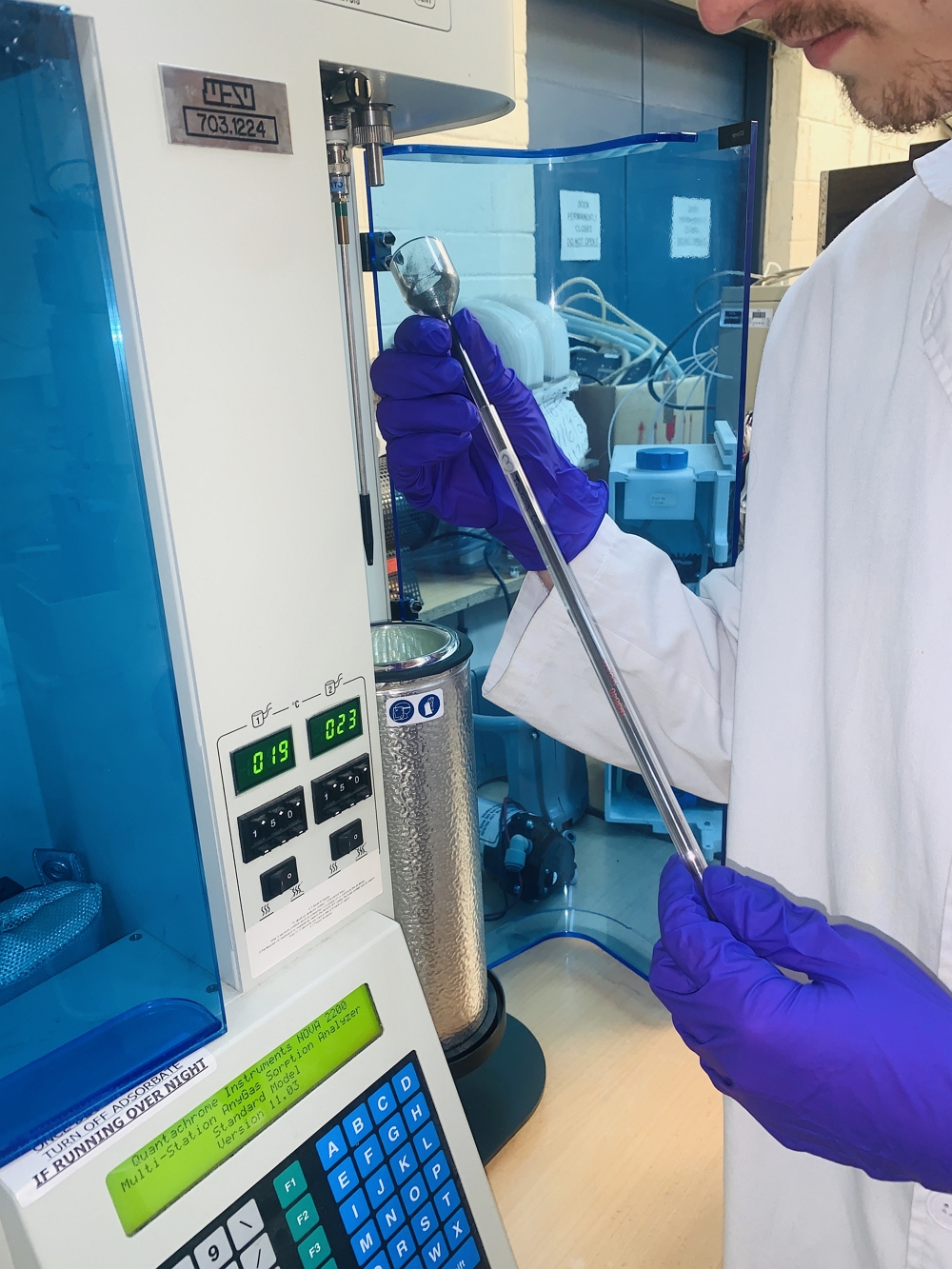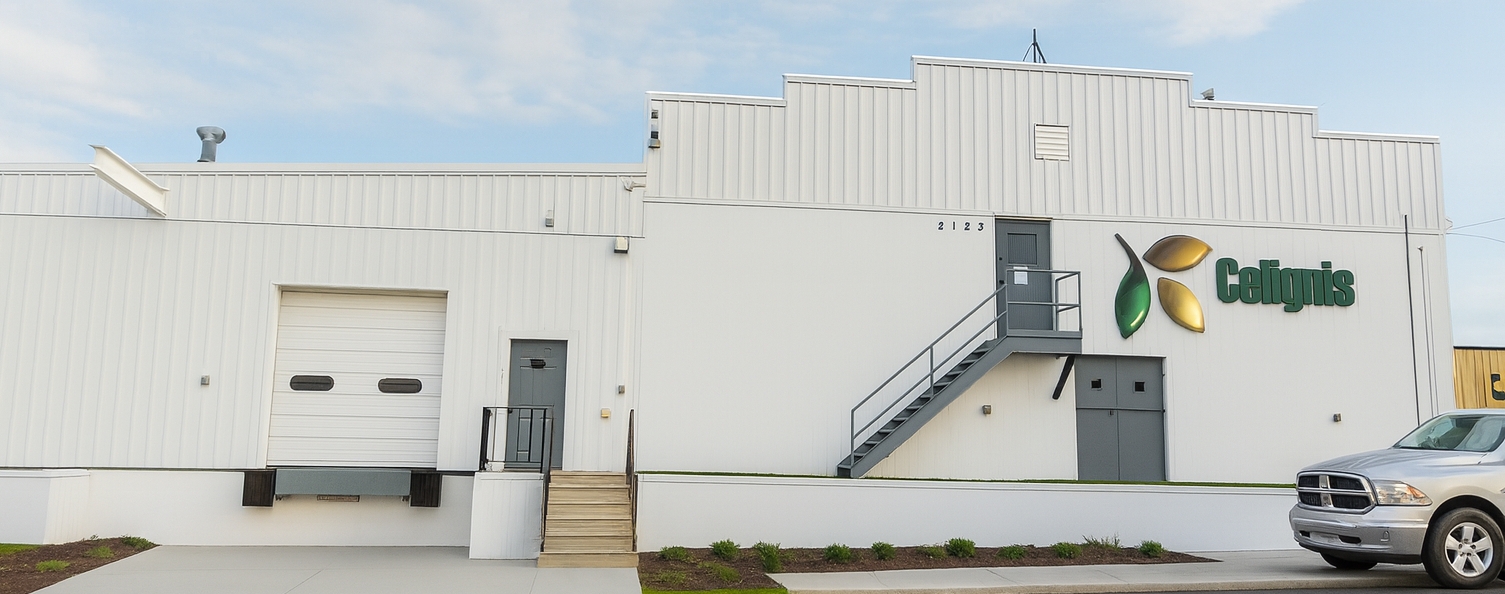Analysis of Surface Area and Pore Size Distribution
Background to Surface Area and Porosity Analysis
However, not all pyrolysis processes result in a competitive porous material. This is because there are numerous variables that can impact the porosity of the sample. These include: the type of feedstock, the pretreatment, process conditions, the presence of ash or condensates clogging the pores, and the selected activation method. Therefore, a sample obtained after pyrolysis-like processes needs to be analysed to determine its surface area and pore size distribution in order to reveal the true porous nature of the sample and its most suitable application.
We determine the surface area and pore size distribution of carbonaceous samples using a Quantachrome NOVA-e Series 2200e analyser which has been designed to satisfy the procedures outlined in EBC (2012-2022) 'European Biochar Certificate - Guidelines for a Sustainable Production of Biochar.' European Biochar Foundation (EBC), Arbaz, Switzerland. Version 10.1 from 10th Jan 2022.
Surface Area Analysis methods
We also determine the pore size distribution of the samples by the Quenched Solid Density Functional Theory (QSDFT) which is a method that, coupled with computer simulations, provides an accurate description of micro- and mesoporous carbons based on the sorption and phase behaviour of fluids in narrow pores on a molecular level. Furthermore, we provide an interpretation of the sample isotherm for supporting the data obtained from the surface area and pore size distribution analysis.
If the analytical package also includes the pore size distribution of the sample, the pore volume is measured at relative pressures from 0.05 to 0.99 distributed along 20 points for producing a standard isotherm or along 40 points for producing a high-resolution isotherm.
Surface Area and Porosity Analysis at Celignis
At Celignis we provide highly comprehensive reports for the surface-area and porosity analysis of samples. These reports are provided online, on the Celignis Database, as soon as we obtain the results, as well as in detailed Excel and pdf reports that are provided once the order has been completed. The Celignis Database includes interactive charts, like the examples provided on this page, as well as detailed summary statistics. The final reports also incldue these results along with interpretations of the data, personally written by trained members of the Celignis team.
Particle Size, Bulk Density, Specific Surface Area (Nitrogen Gas Adsorption), BET Isotherm (40 Point Using Nitrogen), Pore Volume (Using Nitrogen), Pore Size Distribution (Using Nitrogen), Pore Size Distribution (Using CO2), BET Isotherm (20 Point Using Carbon Dioxide), Specific Surface Area (CO2 Gas Adsorption), Pore Volume (Using CO2), Average Pore Width (Using Nitrogen), Average Pore Width (Using CO2)
Thernogram - Under Nitrogen, Thermogram - Under Air, Moisture, Inherent Moisture, Ash Content (815C), Carbon, Hydrogen, Nitrogen, Sulphur, Oxygen, Organic Carbon, Inorganic Carbon, Chlorine, Volatile Matter, Fixed Carbon, Specific Surface Area (Nitrogen Gas Adsorption), Calcium, Iron, Magnesium, Phosphorus, Potassium, Silicon, Sodium, Titanium, Gross Calorific Value, Net Calorific Value, Ash Shrinkage Starting Temperature (Reducing), Ash Deformation Temperature (Reducing), Ash Hemisphere Temperature (Reducing), Ash Flow Temperature (Reducing)



